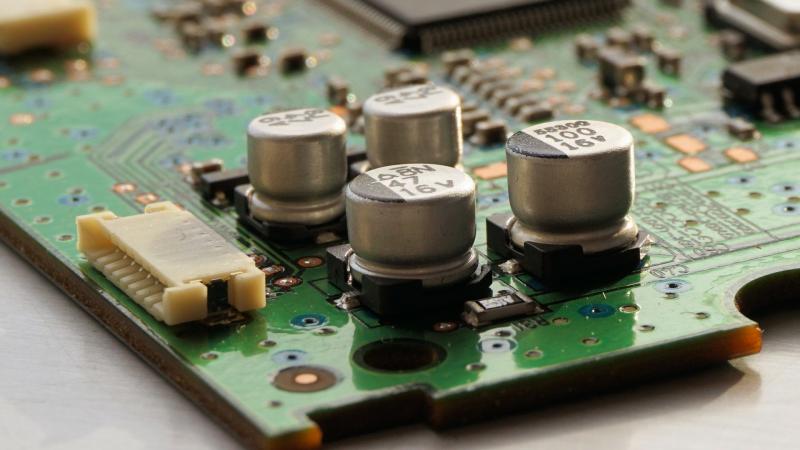
Scientist from Visvesvaraya National Institute of Technology, Nagpur, National Institute for Material Sciences, Ibaraki, Japan and Institute for Plasma Research, Gujarat have developed a novel composite material composed of carbon nanotubes decorated with thin films of zinc ferrite (ZnFe2O4) for practical applications like, energy storage.
Supercapacitors are devices that store a large amount of energy in an electric field between the plates of two electrical conductors. Supercapacitors are called so due to higher amounts of energy storage capacity, compared to conventional capacitors. Recently, thin film supercapacitors have gained much prominence, due to their small volume and high energy and power densities. This makes thin film supercapacitors efficient components while developing energy storage solutions.
In their recent study, the scientists built high performance supercapacitor using thin film zinc ferrite anchored on multiwalled carbon nanotubes (CNT)—where carbon molecules are arranged in a cylindrical nanostructure, much like a rolled up sheets of carbon molecules. The scientists used successive ionic layer adsorption and reaction (SILAR) method to build the thin films anchored on CNT. Here successive atomic layers of zinc ferrite are deposited on the carbon nanotube cylinders, one at a time, to form the complete structure. According to the authors “This is a simple and inexpensive method which has the advantage of direct electrode formation without the use of any binder”. This helps bring down the overall cost of manufacturing the devices, while also enabling easier scaling of the manufacturing process.
The composite electrode (ZnFe2O4-CNT) thus formed yields a high specific capacity of 217 mAh g–1 at 5 mV s–1, making it a suitable candidate for high performance supercapacitor applications. The scientists believe this high specific capacity is formed by contributions from the inner and outer active surfaces of the hybrid ZnFe2O4–CNT electrode. The device also demonstrated the highest specific energy and specific power, when compared to conventional supercapacitors.
“This clearly demonstrates that our hybrid ZnFe2O4–CNT electrode is promising and innovative for energy‐storage applications” exclaim the scientists about their latest offering.






